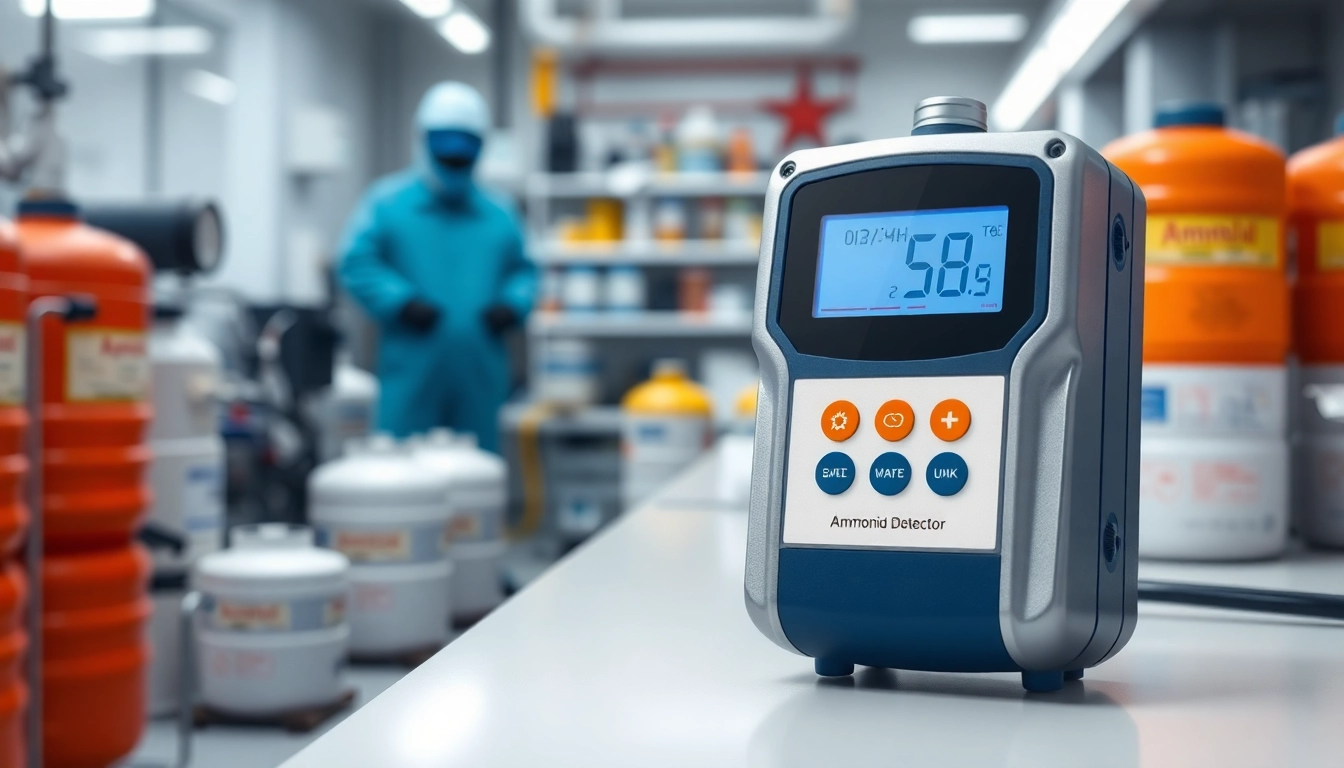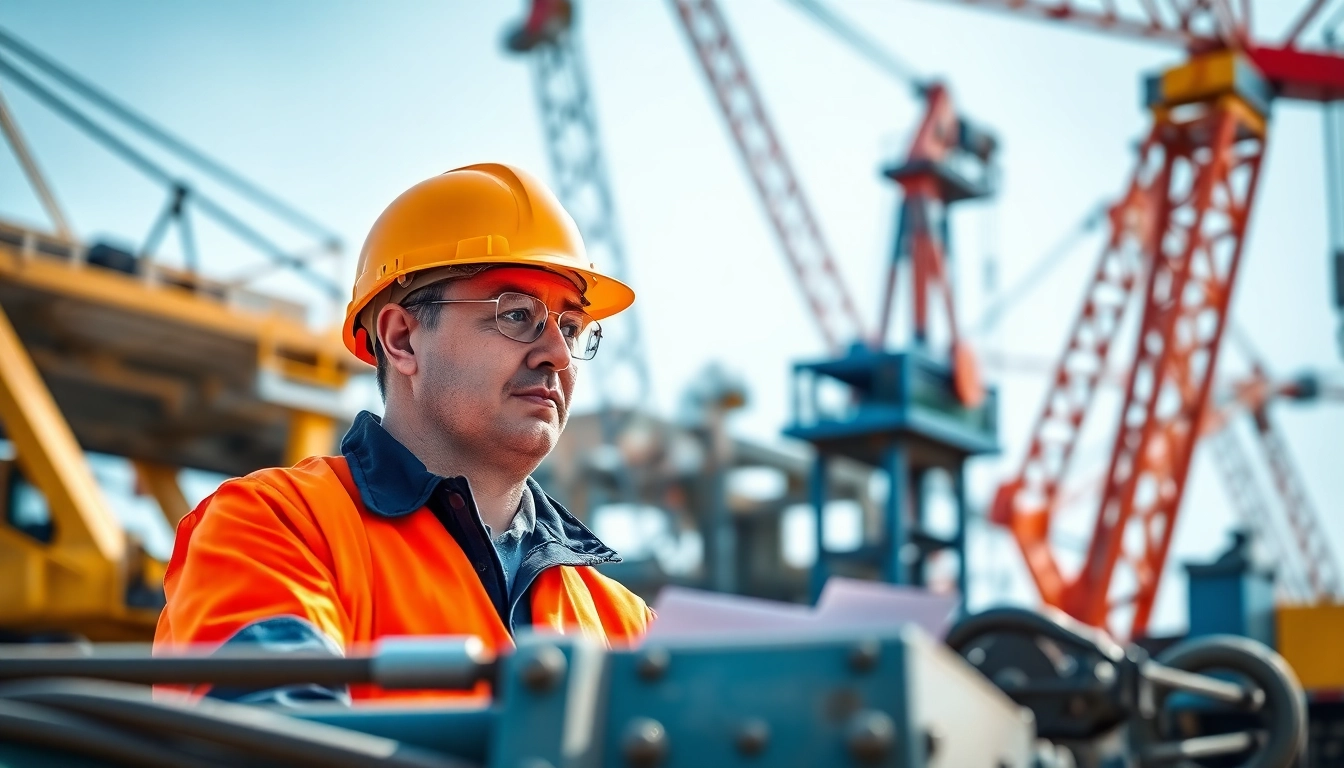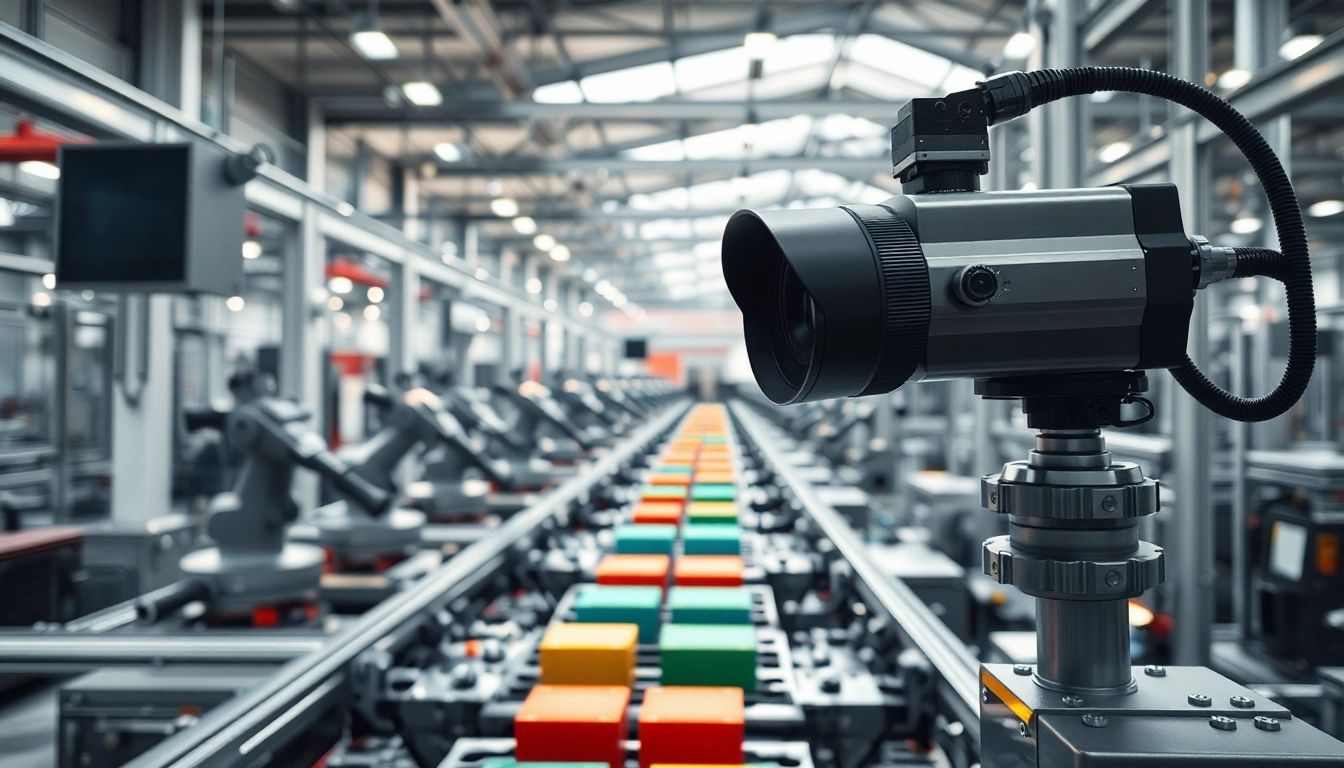Understanding Ammonia Gas and Its Hazards
What Is Ammonia Gas?
Ammonia, known by its chemical formula NH3, is a colorless gas characterized by its pungent odor. It is a compound of nitrogen and hydrogen and exists naturally in the environment. This gas is widely used in various industries, including agriculture, refrigeration, and cleaning products. Ammonia’s properties make it an essential component for fertilizers, which significantly boosts agricultural productivity. When dissociated in water, it forms ammonium hydroxide, a substance employed in household cleaners due to its effectiveness in cutting grease and grime.
Health Risks Associated with Ammonia Exposure
Despite its usefulness, ammonia poses significant health risks, especially when inhaled in high concentrations. Short-term exposure to ammonia can lead to irritation of the eyes, skin, nose, and throat. Symptoms include coughing, wheezing, chest pain, and, in extreme cases, chemical burns or pulmonary edema. Prolonged exposure can have severe consequences, potentially leading to chronic respiratory issues. According to the Occupational Safety and Health Administration (OSHA), the permissible exposure limit for ammonia in the workplace is 50 parts per million (ppm) averaged over an 8-hour workday.
Importance of Detecting Ammonia Gas
Given the potential dangers of ammonia, detecting its presence in environments where it may be released is paramount for safety. Reliable detection allows companies and workers to take proactive measures in preventing exposure, thereby reducing the risk of health hazards. Utilizing an ammonia gas detector can provide immediate alerts, ensuring timely evacuation and response actions, ultimately safeguarding health and safety in industrial settings.
Types of Ammonia Gas Detectors
Portable Ammonia Gas Detectors
Portable ammonia gas detectors are essential for workers who are likely to encounter ammonia in their daily activities, particularly in sectors such as agriculture, chemical processing, and first response. These handheld devices are designed for ease of mobility, allowing users to carry them around as they perform tasks. The portability of these detectors means that workers can scan various locations and environments without being tethered to a fixed point, increasing the safety levels in volatile areas.
Fixed Ammonia Gas Detectors
In contrast, fixed ammonia gas detectors are stationary devices installed in areas where ammonia leaks may occur, such as near storage tanks or industrial machinery. These detectors offer enhanced monitoring capabilities by providing constant surveillance of ammonia levels in the environment. They feature alarm systems that trigger in the event of a detected leak, ensuring that personnel can take immediate action. Fixed detectors are often connected to a broader safety system, allowing for integrated monitoring with other environmental sensors.
Multi-Gas Detectors Featuring Ammonia Detection
Multi-gas detectors have the versatility of detecting various hazardous gases, including ammonia. These multi-functional devices are beneficial in environments where multiple gases may pose a risk. Such detectors reduce the need for separate devices, streamlining safety protocols and response strategies. Many models include real-time monitoring and data logging capabilities, which are crucial for compliance and safety audits.
Key Features to Look For in an Ammonia Gas Detector
Sensor Technology and Accuracy
The type of sensor technology used in an ammonia gas detector significantly impacts its accuracy and reliability. Common sensor types include electrochemical, catalytic bead, and infrared sensors. Electrochemical sensors are particularly known for their sensitivity to low concentrations of ammonia, providing precise measurements for safety. When evaluating detectors, consider their calibration frequency and configuration to ensure they will maintain accuracy in volatile environments.
Alarm Systems and User Notifications
Effective alarm systems are critical in any ammonia gas detector. Detectors should have audible and visual alarms, as well as vibration alerts for added user safety. Some advanced models offer notification features that send alerts to connected devices or central monitoring systems, allowing for quick action even when personnel are not in close proximity to the detector.
Calibration and Maintenance Requirements
Regular calibration and maintenance are vital for the reliability of gas detectors. Proper maintenance intervals and calibration practices should be clearly defined in the manufacturer’s guidelines. Investigate whether the detector has self-calibration capabilities or if it requires manual calibrations at specified intervals. Effective maintenance extends the life of the detector and ensures consistent performance.
Best Practices for Ammonia Detection in Industrial Settings
Installation Guidelines for Ammonia Gas Detectors
Correct installation of ammonia gas detectors is integral to their functionality. Detectors should be placed in locations where gas concentration is expected to rise, such as near known leak sources. Installation height is also crucial; since ammonia is lighter than air, detectors should be installed at a height where ammonia is likely to accumulate, typically near the ceiling or at higher elevation points. Furthermore, ensure that there are no obstructions that could impair the detector’s ability to sense ammonia.
Regular Testing and Maintenance Strategies
Regular testing and maintenance are essential strategies to ensure the continuous effectiveness of ammonia gas detectors. Create a schedule that includes weekly visual checks and quarterly functional tests to verify operational capability. This should also involve cleaning or replacing filters where applicable to maintain ventilation flow and sensor functionality. Keeping detailed maintenance logs can help identify potential issues before they compromise safety.
Training Employees on Ammonia Safety
Training employees about ammonia safety protocols and the operation of detectors is crucial in preventing hazardous exposure. Regular training sessions that cover the risks associated with ammonia, emergency procedures, and the use of monitoring equipment empower employees with the knowledge needed to act swiftly in dangerous situations. Simulated drills could help in familiarizing employees with proper actions and use of safety equipment.
Comparative Analysis of Top Ammonia Gas Detectors
Vendor Options and Product Reviews
When selecting an ammonia gas detector, it’s essential to evaluate products from various vendors to find the best fit for specific applications. Look into reviews from other users, paying attention to factors such as performance, ease of use, technical support, and warranty offerings. Some of the leading vendors in the industry include MSA Safety, Industrial Scientific, and Dräger, each offering unique features tailored to various operational needs.
Cost Considerations for Ammonia Detectors
The cost of ammonia gas detectors can vary significantly based on their features, sensitivity, and technology used. Generally, portable detectors are more affordable than fixed systems; however, the need for reliability and accuracy should dictate investment levels. Take into account the total cost of ownership, including maintenance and calibration expenses, when budgeting for gas detection solutions.
Customer Experiences and Case Studies
Engaging with customer experiences can provide valuable insights into the effectiveness of ammonia gas detectors. Case studies highlighting successful implementations can underscore the importance of detector choice in enhancing workplace safety. Reviewing companies that have seen significant reductions in ammonia-related incidents after deploying reliable detection systems can help in making informed decisions.



